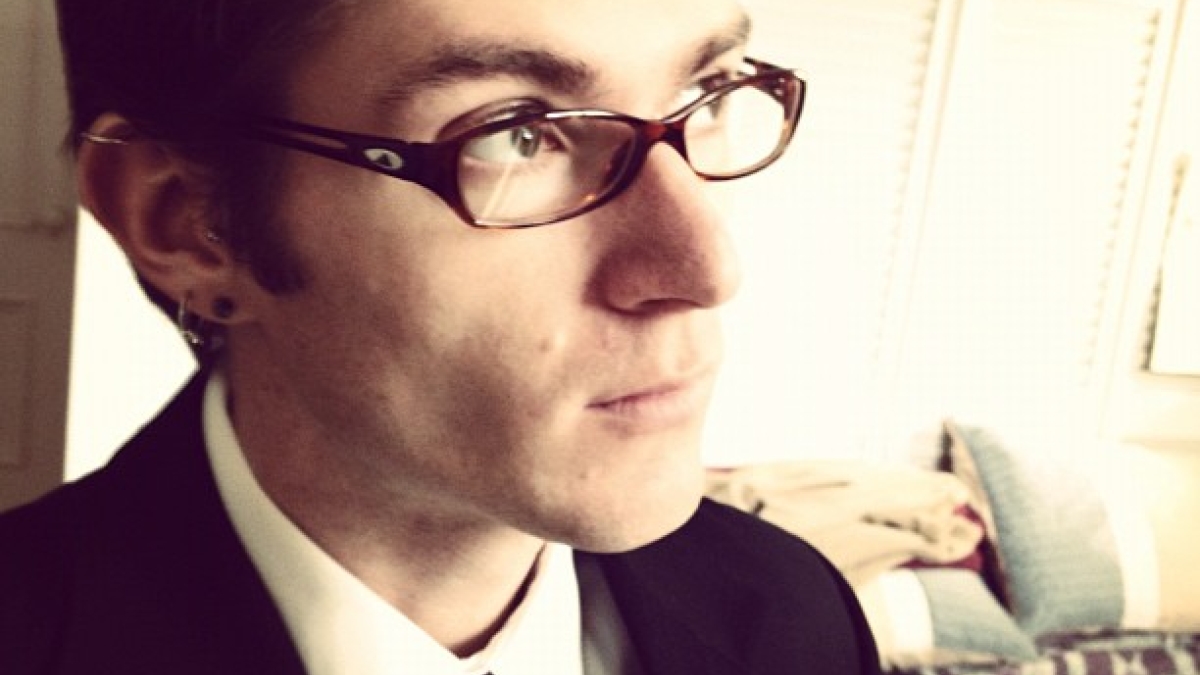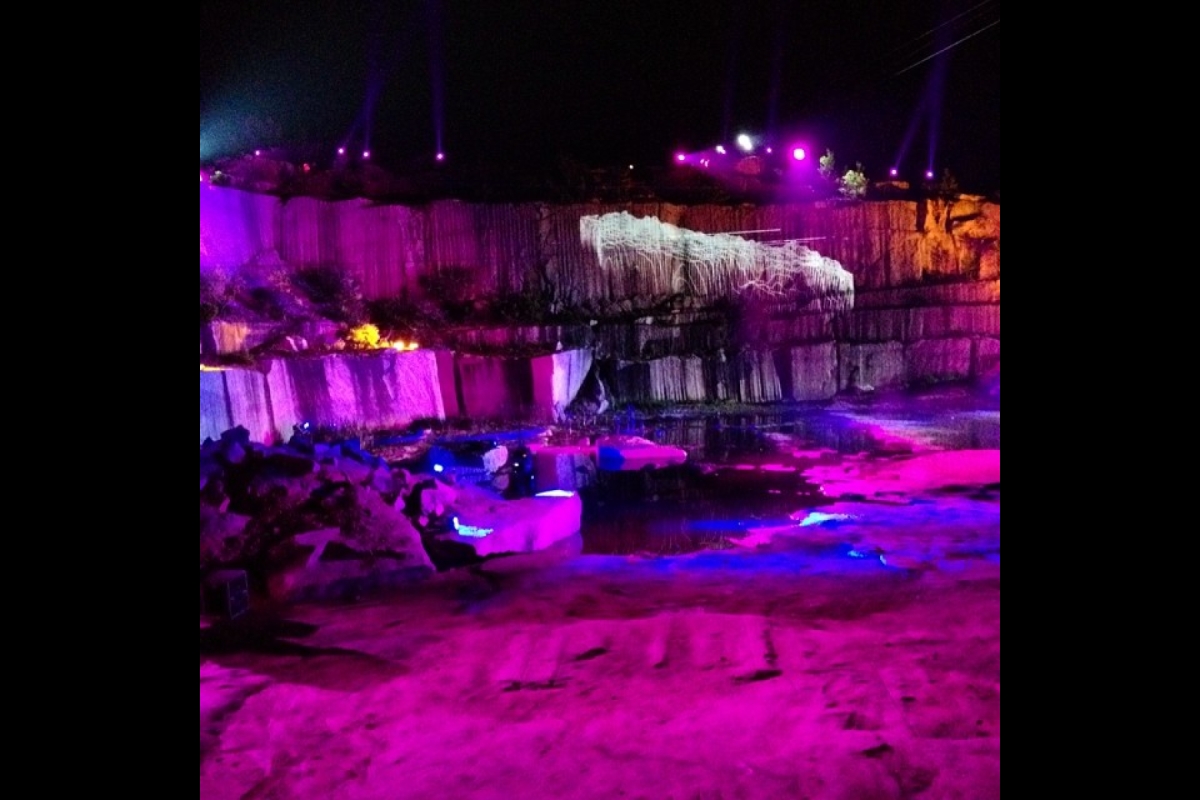ASU grad creates new system for interactive media design

Matthew Ragan
Photo courtesy of Herberger Institute for Design and the Arts
Matthew Ragan is the only ASU student graduating from his particular degree program this year. He is earning an MFA in Theatre with a concentration in interdisciplinary digital media and performance, one of the newer cross-institute degree concentrations in the Herberger Institute for Design and the Arts, which is split between the School of Film, Dance and Theatre and the School of Arts, Media + Engineering.
“The reality that I had the most trouble with coming in as a student, but now I really appreciate on the other end of this experience, is how new this particular thing is,” says Ragan. “I came in wanting someone to sit me down and show me the way. Instead, the experiences I have had with a lot of my faculty mentors is that they would just push me. They’d say, ‘Stop looking to me for answers and go do that thing and come back and report to me about what you learned, and then I’ll push you in a different direction.’”
For Ragan, this open landscape of possibility allowed him to explore uncharted territory at the intersection of live performance and interactive design.
But he didn’t discover this path immediately.
After earning his undergraduate degree in theatre and dance at Cal State Fresno, he spent several years working at Keene State College in New Hampshire, first in educational outreach and later in educational media creation and distribution. In the meantime, he was also training at the New England Center for Circus Arts and performing circus acrobatics.
“I had this schizophrenic life where I felt like I had this one part of me that was all technology and media and this other part of me that was all performance,” he recalls. “I finally ended up landing in the interdisciplinary digital media and performance program here at ASU because it felt like it was a chance to finally steer both parts of my life together in a way that felt less divided.”
During his time at ASU, Ragan estimates that he worked on close to 26 productions in total. He can’t pick a favorite, but he does identify several important benchmarks along the way.
The first of these benchmarks was the thesis project of then-MFA-student Boyd Branch, called “Neuro,” which was a devised piece that had audiences interacting closely with actors and a slew of different pieces of responsive technology.
“Working on ‘Neuro’ was interesting because at that time I didn’t know hardly anything,” says Ragan. “So that was really an opportunity to start thinking about installation artwork and how sensors work and how you build something that’s interactive, not just for an operator, but for some person to interact with in a live environment.
As a more recent benchmark, Ragan points to a summer project in a live quarry in Branford, Conn. (the same quarry that provided the stone for the base of the Statue of Liberty and portions of the Brooklyn Bridge). The performance, “TERRA TRACTUS: The Earth Moves,” was the largest project Ragan had ever tackled; it was also important because it involved live media mixing in what Ragan describes as a sort of DJ-style improvisation.
This ability to improvise through digital media became the foundation of Ragan’s MFA thesis.
“One of the things I kept coming back to in the process of designing shows in the first two years [in the program] is that we were constantly reinventing the wheel every time we wanted to do any kind of interactivity in a show,” says Ragan. “I just always felt like it was crazy that we were building a program and designing the media every time. So I started to ask, what happens if we think of the interactive environment as something that we can come back to?”
Part of Ragan’s thesis was to design the media for ASU School of Film, Dance and Theatre MainStage production “romeo&juliet/VOID.” But he went a few steps further, programming the actual media system for the show and teaching a concurrent class in the School of Arts, Media + Engineering about how to program for live performance.
“For my thesis, I developed a year-long piece of curriculum that’s really about how you use media with live performance, as well as developed a tool to use in theatres,” he explains. “So it was both about building an application and then building all the documentation and curriculum around it.”
In a way, Ragan’s story has come full circle, incorporating performance, design, media and teaching all together.
Completing that circle, he’s moving back home to California. Ragan has a job lined up post-graduation as an interactive engineer at San Francisco-based Obscura Digital, one of the leading creative technology companies in the United States.
“They do large-scale immersive interactive environments, projection, video systems — they run the gamut in terms of artistic work and corporate work, in terms of the kinds of things that they produce,” says Ragan. “And it’s on the scale that we always talk about but never have the time or budget to actualize.”
Media Contact:
Katrina Montgomery
480.727.4433
katrina.montgomery@asu.edu
